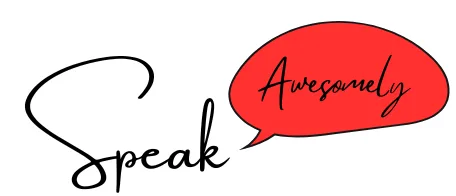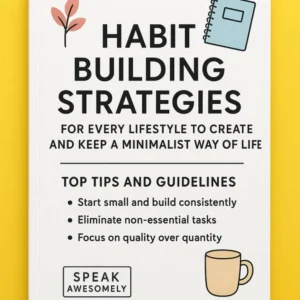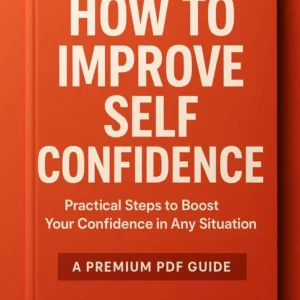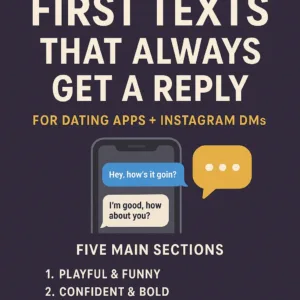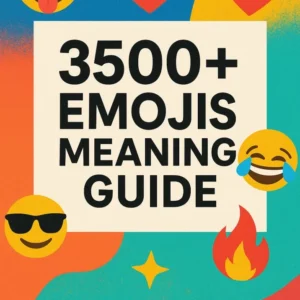Have you ever hesitated to say “I believe” because it felt too repetitive, unsure, or overused? You’re not alone.
In writing, conversation, and even job interviews, the phrase “I believe” can quickly become a verbal crutch. It’s not wrong, but overusing it can make you sound uncertain or lack originality. Whether you’re presenting ideas at work, writing a personal blog, or making a case in an essay, knowing how to say “I believe” differently can sharpen your communication and make you sound more confident and credible.
As a content writer who has worked with dozens of brands and edited thousands of lines of copy, I’ve seen how simply tweaking this one phrase can elevate the tone of a sentence. Today, we’ll explore alternative ways to express belief—without sounding robotic, uncertain, or too forceful.
Let’s begin.
Why It Matters: The Subtle Power Behind “I Believe”
“I believe” is more than a filler. It signals opinion, conviction, or perspective—but how you frame belief can subtly shift how people perceive your confidence and credibility.
Compare these:
- “I believe the market will recover by Q4.”
- “It’s likely the market will recover by Q4 based on current data.”
The first centres your opinion; the second strengthens it with reasoning.
In a world full of noise and opinions, learning to nuance your beliefs helps your message stand out and shows that you’re not just speaking—you’re thinking.
Alternatives to “I Believe” (and When to Use Them)
Below are context-rich alternatives to “I believe,” along with real-world usage tips and examples.
1. In my view / From my perspective
These sound reflective and are great for softer opinions or in diplomatic conversations.
Example:
“From my perspective, hybrid work isn’t just a trend—it’s the future of productivity.”
2. I’m convinced that…
Use this when you’ve weighed the evidence and reached a strong conclusion.
Example:
“I’m convinced that user-centred design is what separates good products from great ones.”
3. It seems to me that…
This works well when you’re analysing or offering a measured opinion, especially in writing.
Example:
“It seems to me that the team is more energised when we start meetings later in the day.”
4. There’s reason to think that…
More objective, this works well in analytical writing or data-led discussions.
Example:
“There’s reason to think that early exposure to language accelerates cognitive development.”
5. I have a hunch that…
This shows intuition, best used when making informal predictions or creative guesses.
Example:
“I have a hunch that the next big social platform won’t look like anything we’ve seen before.”
6. It’s my understanding that…
Use this when you want to share a belief while signalling openness to correction.
Example:
“It’s my understanding that this policy was introduced in response to staff feedback.”
7. Evidence suggests…
A good choice for academic, research-based, or professional writing.
Example:
“Evidence suggests that mindfulness practices reduce workplace stress.”
Study: A 2020 study by Harvard Business Review found that participants who meditated regularly reported 28% less burnout.
8. I hold the view that…
Formal and often used in essays, debates, or written arguments.
Example:
“I hold the view that social media companies should be held accountable for misinformation.”
9. I’m of the opinion that…
Similar to “I believe,” but slightly more formal and less overused.
Example:
“I’m of the opinion that remote work fosters more trust than micromanagement ever did.”
10. To me, it seems…
A casual, reflective way to share a belief, great for conversation or storytelling.
Example:
“To me, it seems like every great writer has their own version of writer’s block.”
Personal Reflection: What I Learned From Avoiding “I Believe”
When I started freelance writing, I leaned heavily on phrases like “I believe” and “I think.” My editor at the time gave me blunt feedback: “You’re diluting your ideas by hedging. Own your statements.”
Since then, I’ve experimented with tone, structure, and word choice. I found that switching to phrases like “I’m convinced” or “There’s reason to think” helped my arguments sound stronger—even when I was just learning.
Language shapes perception. When you speak or write with clarity and authority, people notice.
Pro Tip: Match the Tone to the Audience
Not all alternatives suit every setting. Here’s a quick guide:
| Phrase | Best For |
|---|---|
| In my view / From my perspective | Personal blogs, opinions, interviews |
| I’m convinced | Strong conclusions, thought leadership |
| Evidence suggests | Academic, research, journalism |
| I have a hunch | Informal chats, brainstorming |
| I’m of the opinion | Essays, editorials |
Actionable Tips: Use Belief Phrases Like a Pro
- Limit repetition. Don’t repeat “I believe” more than once in a paragraph.
- Balance subjectivity with evidence. Use facts or data where you can.
- Vary tone. Casual, formal, or neutral? Match it to your audience.
- Re-read aloud. Does the sentence sound confident or tentative?
FAQs
Q1. What is a formal way to say “I believe”?
A formal alternative is “I’m of the opinion that” or “I hold the view that.” These work well in academic or professional writing.
Q2. How can I say “I believe” without sounding unsure?
Use phrases like “I’m convinced that” or “There’s reason to think that” to sound more authoritative.
Q3. Is it okay to use “I believe” in an essay?
Yes, but sparingly. Consider mixing it with formal alternatives to avoid redundancy and improve flow.
Q4. What’s the difference between “I think” and “I believe”?
“I think” is often more casual and spontaneous, while “I believe” suggests a deeper conviction.
Final Thoughts: Don’t Just Believe—Express It With Purpose
Language is like seasoning—too much of one thing, and the dish falls flat.
You don’t have to stop using “I believe” altogether. But by learning when and how to use nuanced alternatives, you give your words more weight and your voice more variety.
Your turn: What’s your go-to phrase when you want to express belief? Share it in the comments or drop me a message—I’d love to hear your twist.
Sources:
- Harvard Business Review (2020). Workplace Wellness and Meditation.
- Grammarly Blog. Tone Matters: Choosing the Right Words.
Read Also: Alternative Ways to Say ‘To Whom It May Concern’: Polite, Professional, and Personalised Openings
Recommended Products

Habit Building Strategies for Minimalist Living | Speak Awesomely Guide
Original price was: $ 12.$ 5Current price is: $ 5.Add to Cart
Unshakable Self Confidence PDF Guide | Speak Awesomely
Original price was: $ 10.$ 5Current price is: $ 5.Add to Cart
100 First Texts That Always Get a Reply
Original price was: $ 15.$ 5Current price is: $ 5.Add to Cart
All Emoji Meanings Guide (3500+)
Original price was: $ 15.$ 7Current price is: $ 7.Add to Cart
